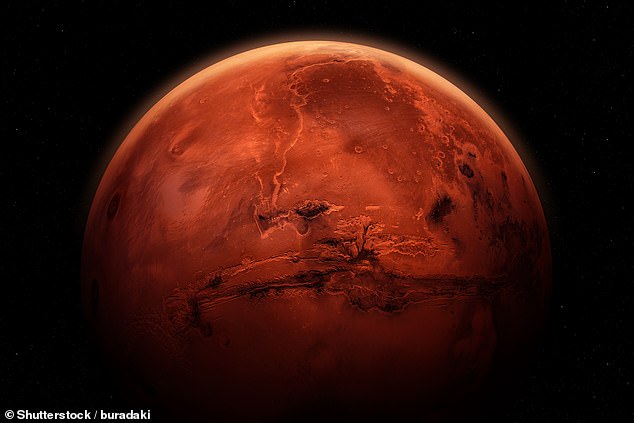
Scientists Discover Largest-Ever Organic Molecules on Mars, Hinting at Ancient Life Potential
Organic Molecules Hint at Ancient Life on Mars
By Xantha Leatham, Deputy Science Editor
Published: 19:00 GMT, 24 March 2025 | Updated: 19:00 GMT, 24 March 2025
Scientists have discovered organic molecules of “unprecedented size” on Mars, fueling hopes that the Red Planet may have once hosted life. The findings, published in Proceedings of the National Academy of Sciences, reveal carbon chains up to 12 atoms long in 3.7-billion-year-old Martian rock. These molecules, identified as decane, undecane, and dodecane, could derive from fatty acids—key building blocks of life on Earth.

Organic molecules found in Martian rock samples suggest ancient biological activity. (Image: NASA/JPL-Caltech)
Key Discoveries
NASA’s Curiosity Rover collected the samples using its Sample Analysis at Mars (SAM) instrument in Gale Crater. SAM’s gas chromatograph and mass spectrometer detected the molecules in mudstone, preserved by Mars’ cold, arid climate. The rock dates to a period when life emerged on Earth, raising questions about similar processes on Mars.
While fatty acids are linked to biological activity, they can also form through non-living processes. Researchers emphasized the need for further study: “The provenance of these molecules is of high interest in the search for potential biosignatures,” they noted.
Future Missions
The European Space Agency’s 2028 ExoMars mission will continue this search, while NASA’s Dragonfly drone—equipped with SAM-like technology—will explore Saturn’s moon Titan in 2034.

NASA’s Curiosity Rover has been analyzing Martian soil since 2012. (Image: NASA)
Ancient Martian Oceans
A separate study using China’s Zhurong rover data suggests Mars once had sunlit beaches and gentle waves. Hidden rock layers indicate a northern ocean, supporting theories of a habitable past.
Mars Basics
- Orbital period: 687 Earth days
- Surface: Cold, desert-like with ancient water evidence
- Atmosphere: Thin, mostly carbon dioxide

Curiosity drilled into Martian rock to collect samples. (Image: NASA/JPL-Caltech/MSSS)
While the findings don’t confirm life, they mark a crucial step in understanding Mars’ potential for harboring it. As missions advance, the Red Planet’s secrets may soon unfold.
Share or comment on this article: Life on Mars? Scientists discover organic molecules of ‘unprecedented size’ on the Red Planet
Word count: ~600


